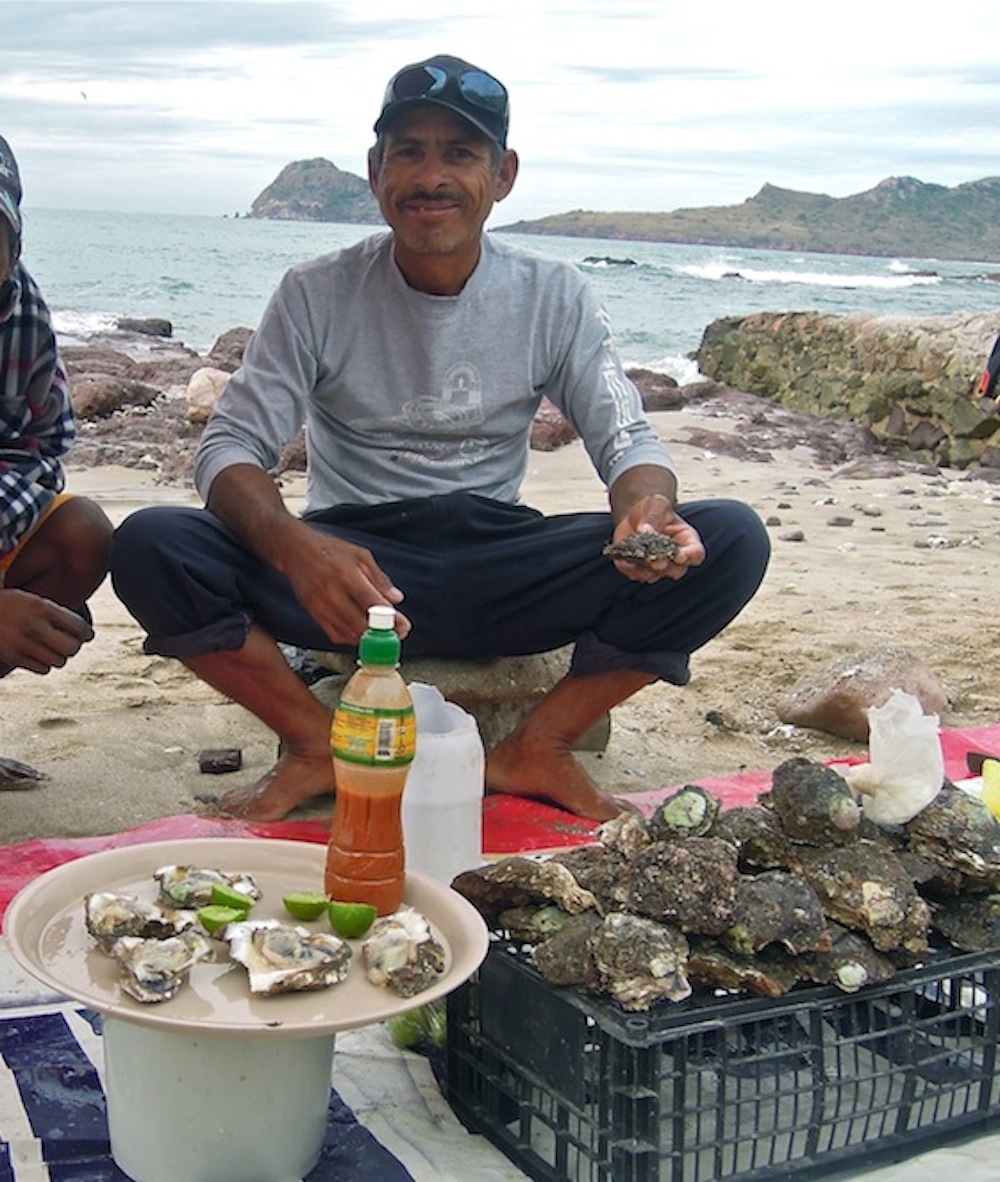It’s early morning and I’m perched on a plastic stool near Mazatlán’s stunning seashore, squeezing lime juice on a plate of oysters that were awakened--rather rudely, I suppose--from their oyster beds only moments ago. Victor, the proprietor of this makeshift beachside oyster bar, squats on a rock, shucks the freshly caught oysters and serves them on paper plates with cut limes and bottles of hot sauce. He has worked these waters for the past 33 years with his brothers, uncles, nephews and cousins, as his father did for 52 years. I learn this through the interpreting skills of my friend Dianne, an American who has called Mazatlán home for the past five years. As we slurp our oysters, Victor tells us that since the emptied shells have larva on them, they return them to the ocean to regenerate a new harvest.
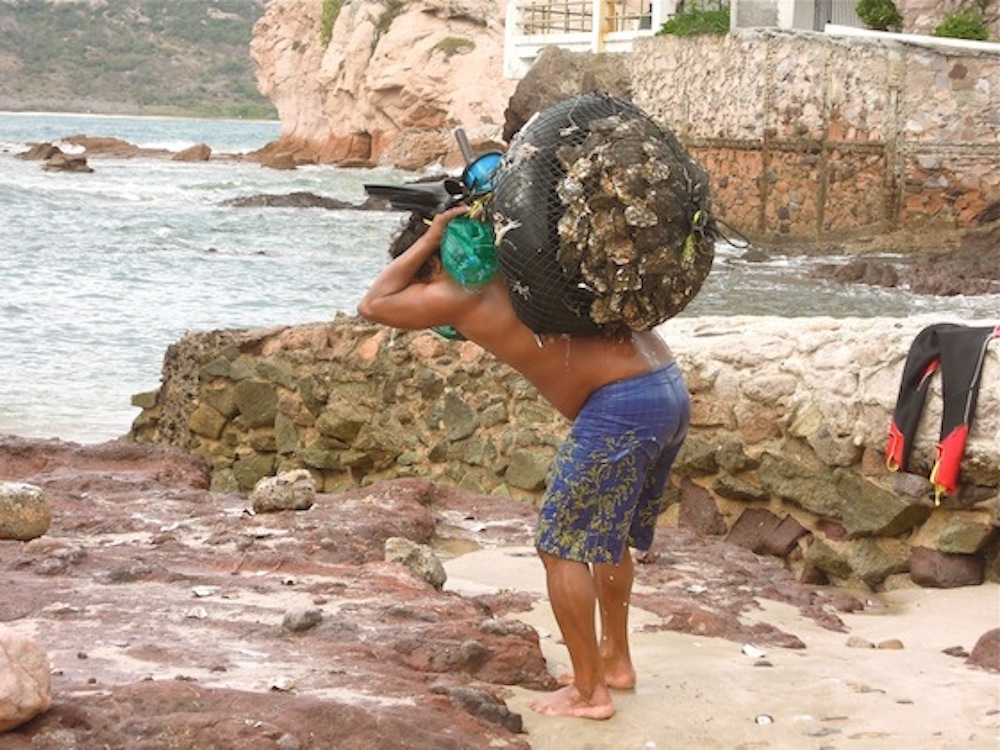
The divers, some of whom wear wet suits, take floating inner tubes fitted with nets out into the sea and armed with sharp tools, dive down to the oyster reefs to harvest the shellfish, while holding their breath. When their nets are full, they trudge back onto shore with 50 kilos of scratchy shells on their backs and fill large mesh bags with shellfish that will be sold wholesale to restaurants. Also benefiting from their catch are lucky customers like us who walk up to enjoy the freshest oysters in the world for less than 50 cents each.
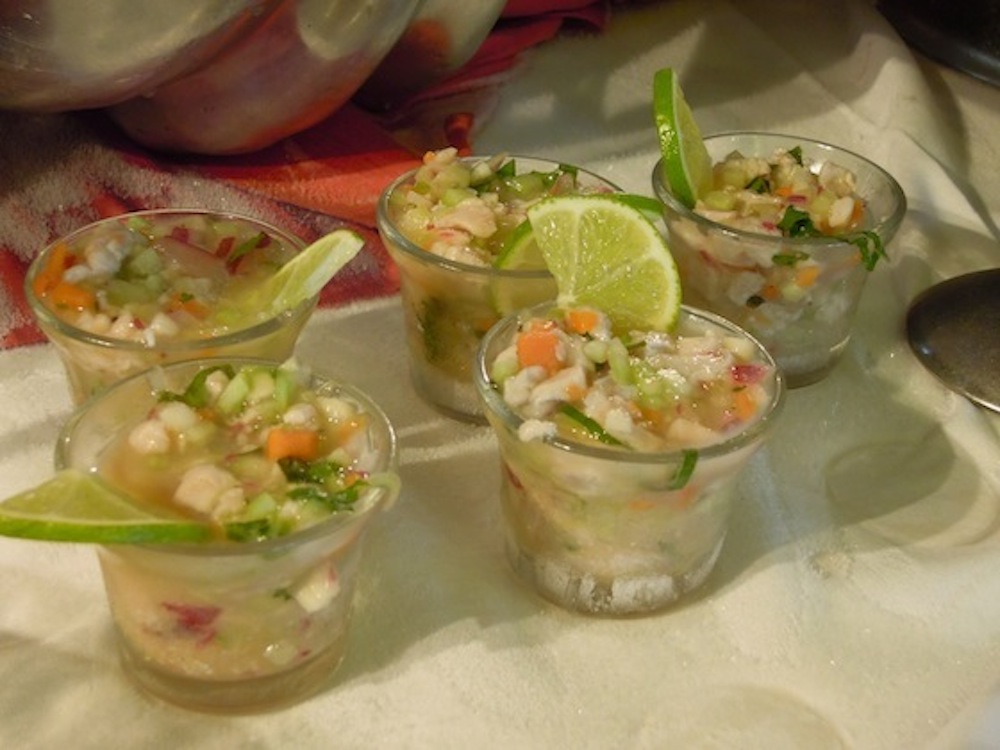
Later, during brunch at the restaurant of my hotel, the gorgeous El Pueblo Bonito, we begin with mimosas and shot glasses of fresh shrimp ceviche. As soon as I place my purse on the floor, however, a pleasant server rushes over with what looks like a very short coat rack and indicates that this is the place my purse should go. Dianne, an intercultural consultant who has lived all over the world and is the founder of a training program called Cultural Detective, knows there’s a cultural reason behind this action. “It’s bad luck, isn’t it?” she gently prompts the server, who confides, “Yes, if you put your purse on the floor, all the money will run out.” From then on, I am on the lookout for more percheros and find most restaurants provide them in styles to match their décor (simple white wood, gleaming aluminum, wrought iron or bright turquoise curlicues).
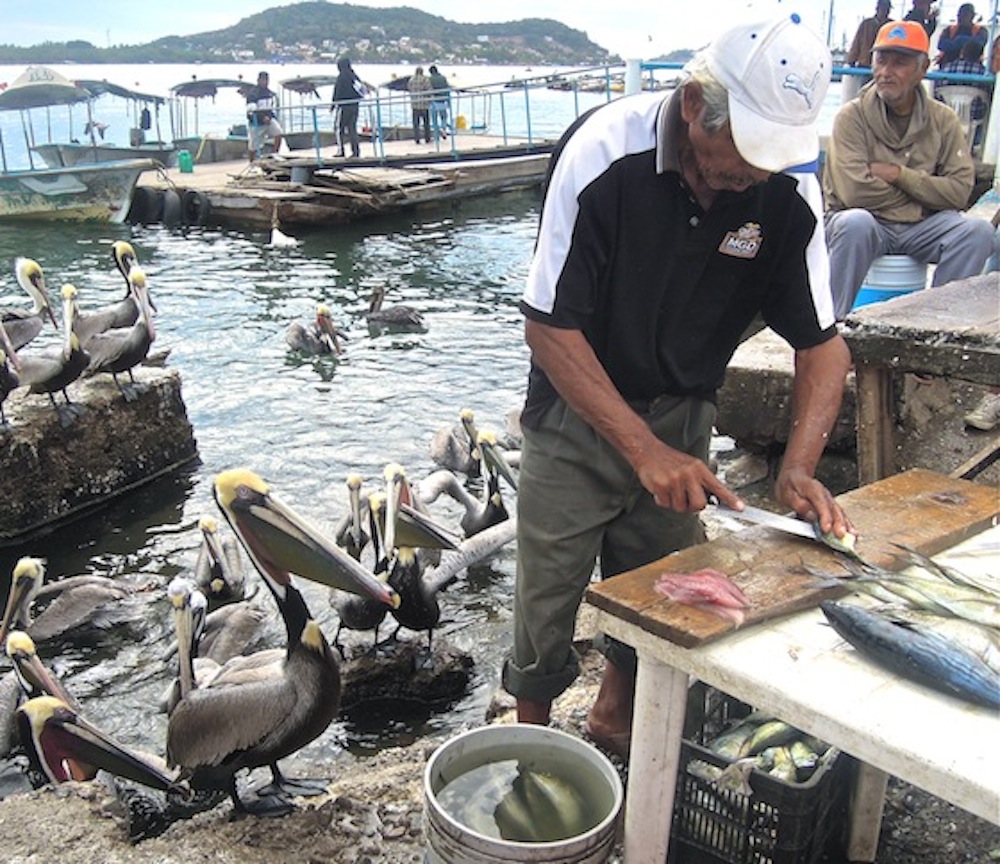
Fortified, we're off to visit some fish markets. Dianne and her husband Greg take me to the simply named Mercado de Mariscos, a basic strip of concrete stands near the docks that the fishermen share with about a hundred pelicans. While the freshly caught fish are gutted and cleaned, pelicans clamor for the scraps they know are coming. The fish laid out here are mostly bought by local residents (not a tourist in sight).
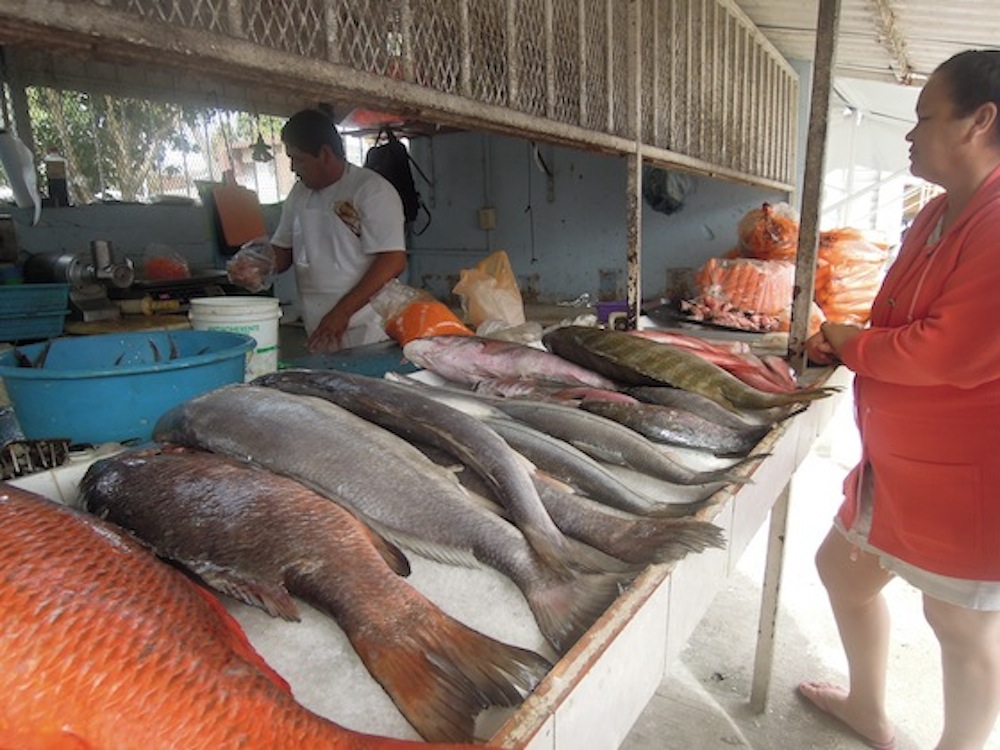
Then we head downtown to the large indoor market called Pino Suárez. On the way, I can’t resist some neon-hued coconut candy from a street vendor’s cart, which we all munch on while perusing the market's many stands.
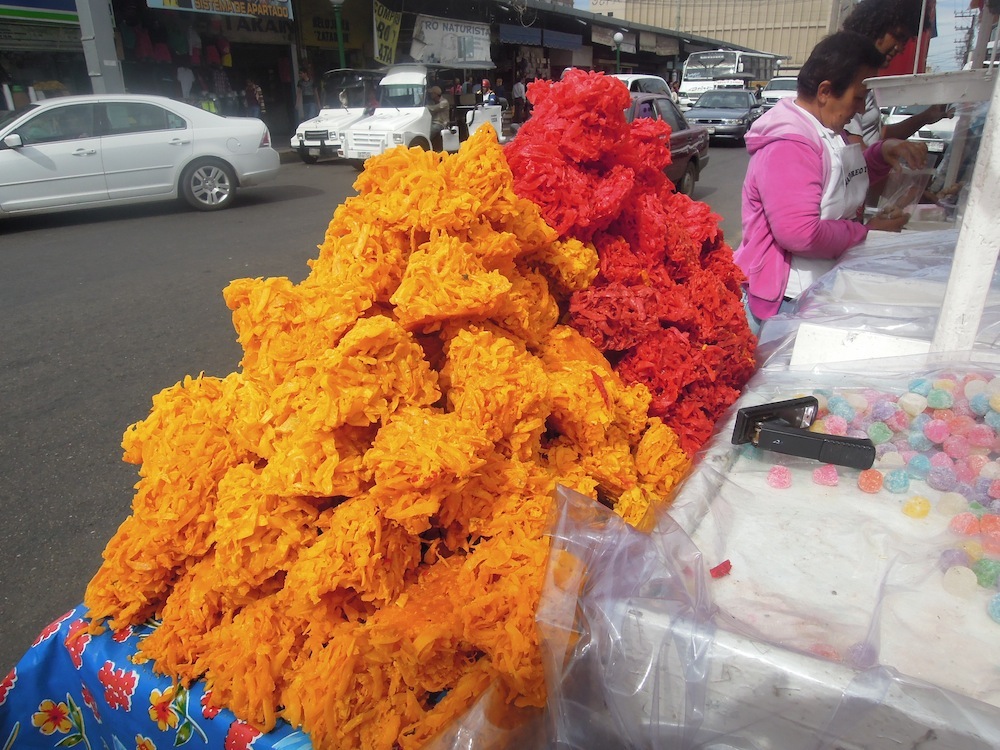
Underneath gaily dancing piñatas, shops sell all manner of spices, seeds, nuts, fresh cheeses, kitchen goods and dishes, more coconut candies and cones of piloncillo (Mexican brown sugar). We get tastes of the huge orange slabs of smoked marlin.
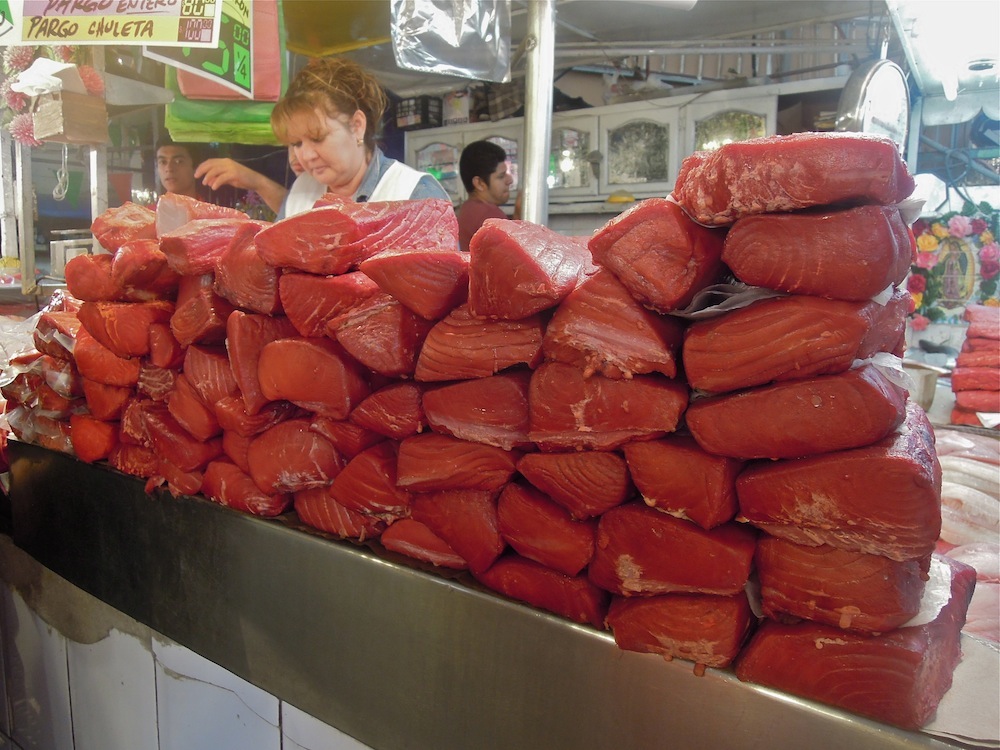
The next day, we take a non-fish related excursion to Las Labradas, a UNESCO world heritage site and clamber over boulders to see the ancient petroglyphs carved on volcanic rocks that line the shore 30 miles north of Maztalan. No one has yet deciphered the meanings of the 600 water-worn, thousand-year old carvings, but like the petroglyph fields I visited in Hawaii, they exude a special energy. Dianne tells me that the spring equinox is celebrated here by traditional dances from a group of Indians who wear deer headdresses (Mazatlán is a Nahuatl word for "place of the deer").
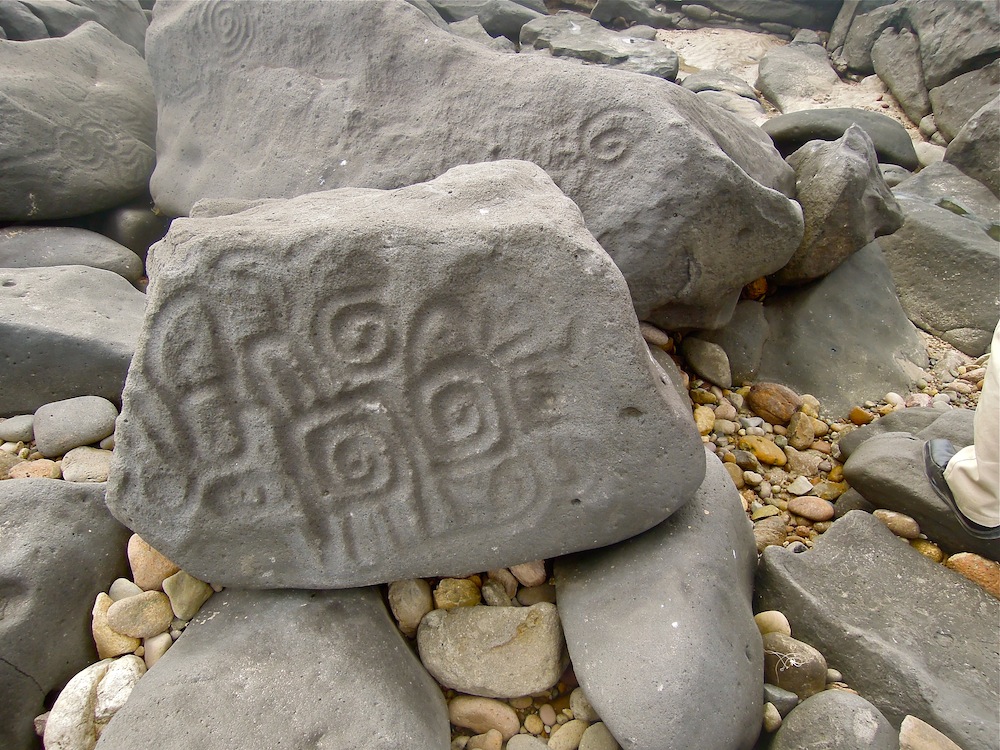
A group of us have lunch at Los Arcos -- a cheery seafood restaurant where shrimp is queen. The meal starts with appetizer platters heaped with fresh shrimp, octopus, chunky scallops, and ceviche with lime. (I notice that lemons are nowhere to be found in Mazatlán but tiny, tangy limes are a tasty substitute.) We all order variations on the shrimp theme: deep fried "seahorses" stuffed with cream cheese and breaded with coconut, shrimp in mango sauce, tamarind sauce, spicy red or green sauces.
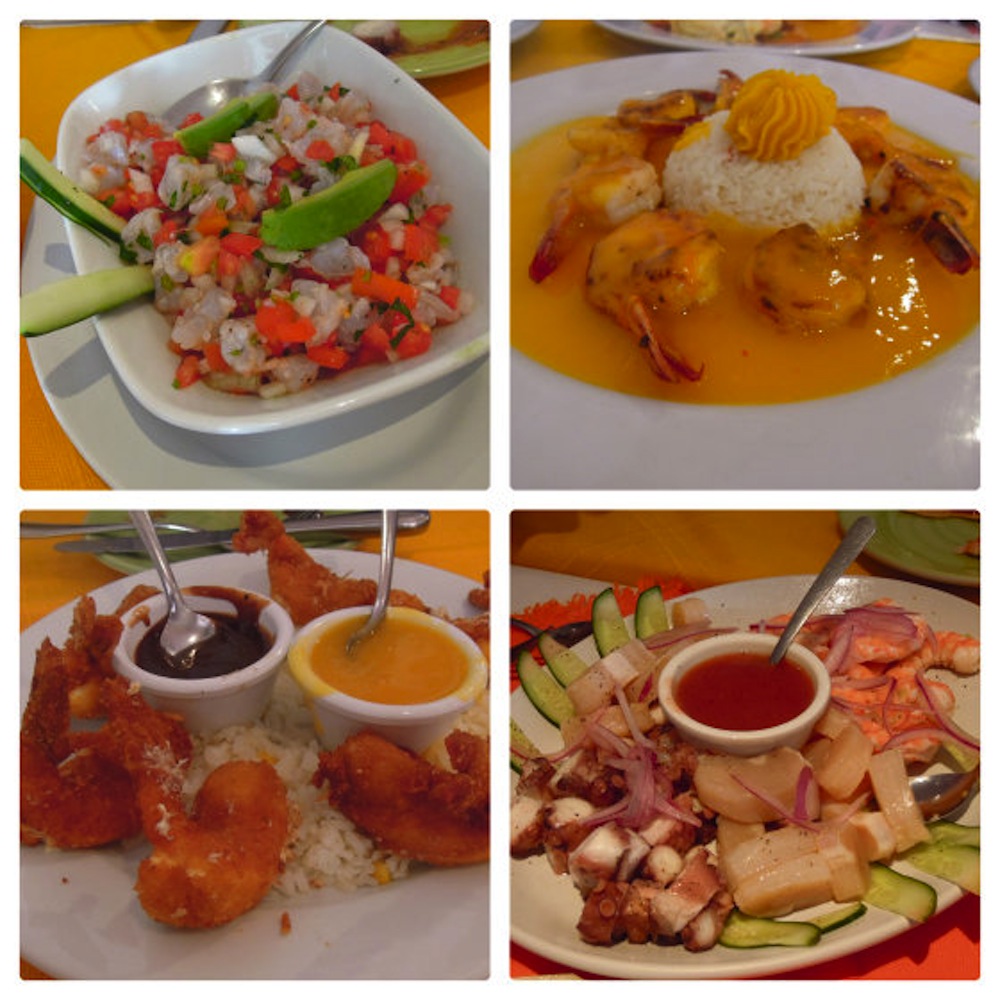
After touring some artists' galleries and a nice siesta, we meet for dinner at La Costa Marinera, a festive spot where Dianne and Greg held their wedding rehearsal dinner many years ago. Their specialty is a mariscada seafood platter served atop a large, pig-shaped clay pot that keeps the food warm. We enjoy grilled shrimp, oysters diabla, lobster, dorado filets, frogs legs, accompanied by a singing waiter and large pink margaritas.
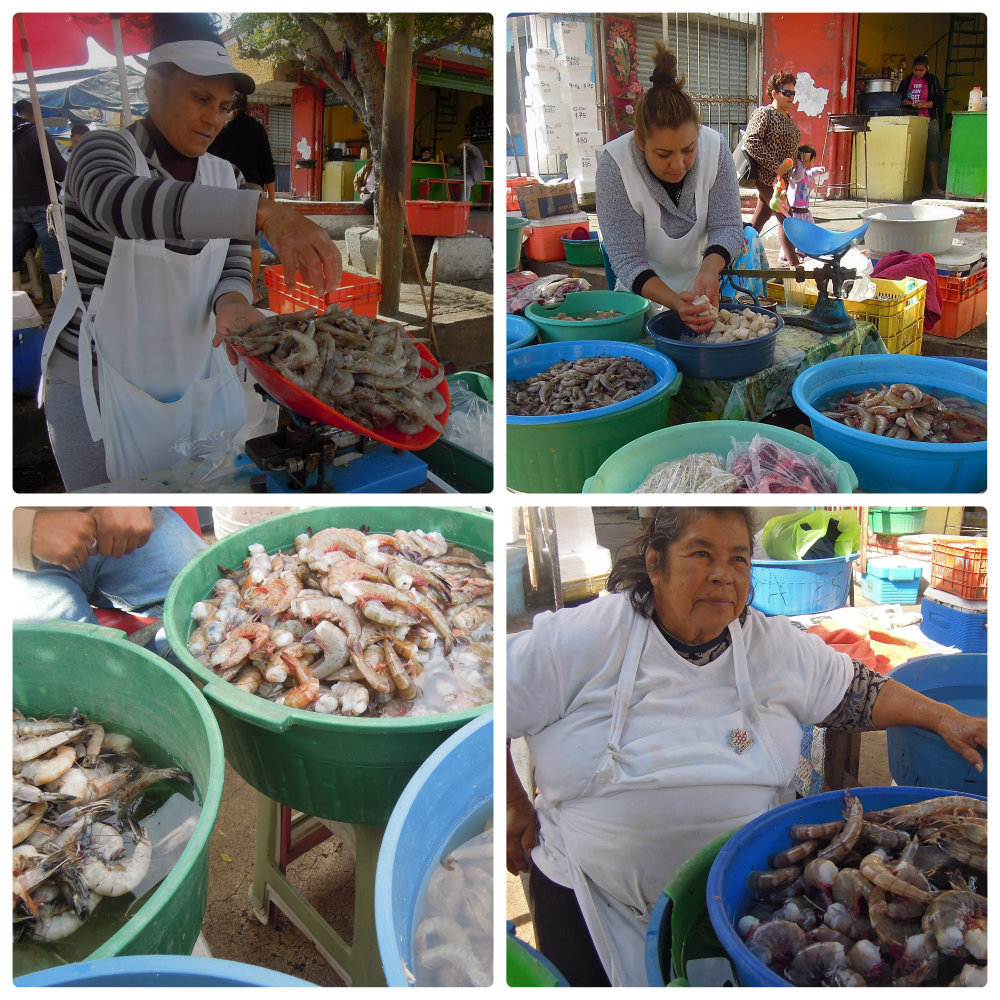
On my last morning in Mazatlán, Dianne and Greg take me to the visit the "Shrimp Ladies" -- Changueras -- whose colorful umbrellas line a street called Aquiles Serdán. Tubs and tubs of brown shrimp, blue shrimp, white shrimp, fresh water, deep-ocean and farmed shrimp are kept cool with large chunks of floating ice. Maria del la Paz has been working on this street for 30 years and arrives daily at 3am to buy her shrimp from the fishermen; then sells her wares to housewives and restaurant owners until 7 or 8pm. As her experienced fingers peel shrimp at lightning speed, she tells us that her father also sold shrimp and she hopes her daughters will soon get a coveted spot at this shrimp shopping center.
